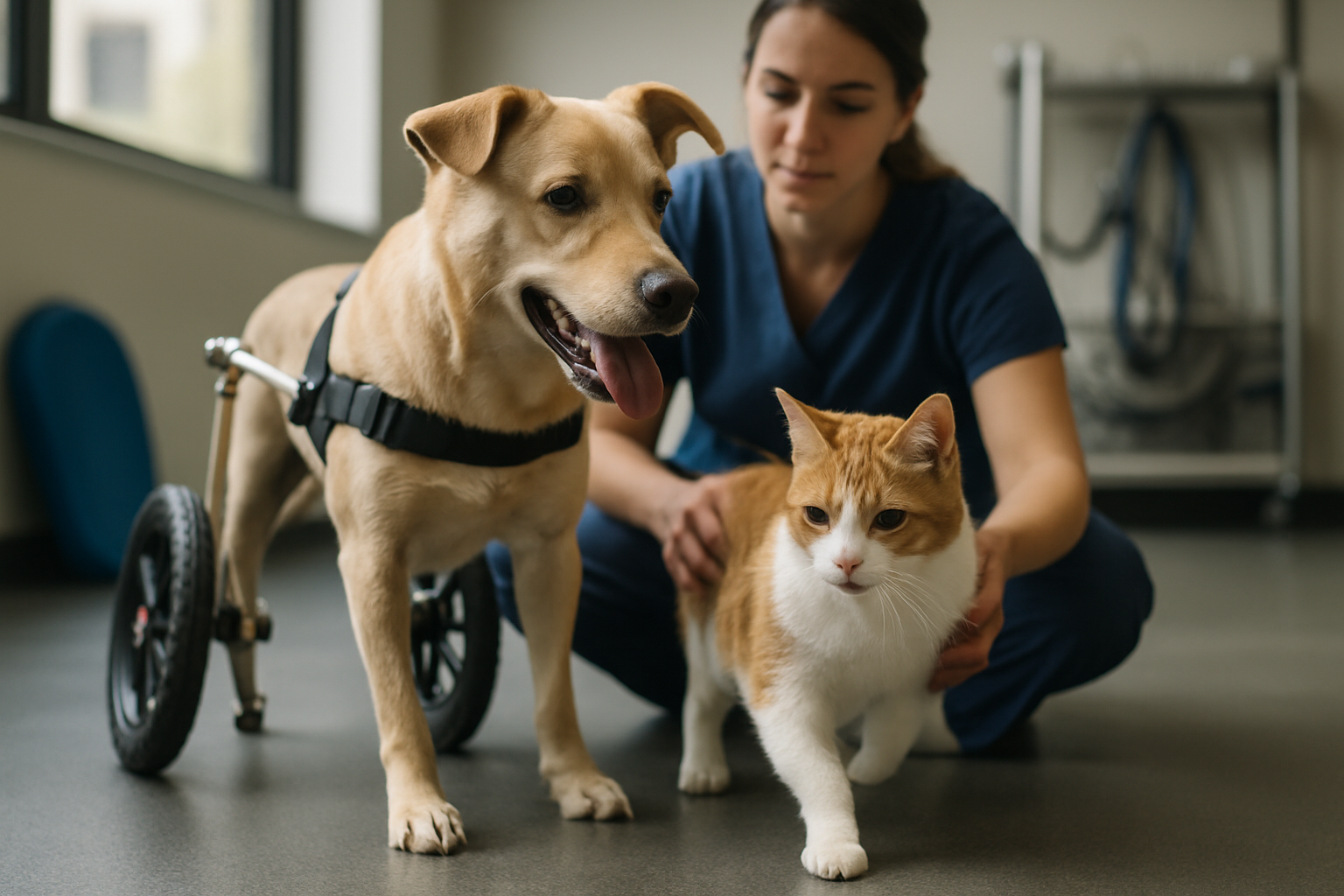Converting Animal Years: Science and Simple Steps
Understanding how pets age helps owners make informed choices about nutrition, exercise, and veterinary care. This short guide introduces the scientific basis for converting animal years to human equivalents, explains common age-assessment methods, and outlines practical steps to monitor aging in dogs and cats. Clear, fact-based guidance helps recognize lifestage changes and plan appropriate seniorcare and healthmonitoring.

Pets age differently than humans, and simple conversions can help owners interpret milestones like maturity and senior status. Instead of relying on a single multiplier, modern ageconversion considers species-specific lifespan, breedvariations, and sizeimpact. This article explains the science behind converting animal years into a relatable humanage, highlights agingindicators to watch for, and lays out practical ageassessment steps pet owners and local services can use to support healthy lifestages.
This article is for informational purposes only and should not be considered medical advice. Please consult a qualified healthcare professional for personalized guidance and treatment.
What is ageconversion and humanage?
Ageconversion is the process of translating an animal’s chronological age into an approximate humanage equivalent that conveys similar physiological or behavioral stages. Traditional formulas—such as multiplying dog years by seven—oversimplify differences in growth rates and longevity. Accurate conversion models consider developmental milestones (puppyyears or kitten growth), time to sexual maturity, and onset of age-related decay. Humanage estimates are useful for framing conversations about lifestages, but they remain approximations rather than precise mappings.
How do lifespan and animalaging vary by species?
Lifespan differs widely across species: small mammals often age faster chronologically yet live shorter absolute lives, while some birds and reptiles show slow aging trajectories. Animalaging is driven by genetics, metabolic rate, and environmental stressors. Lifespan benchmarks help place a pet into categories such as juvenile, adult, mature, and senior. Recognizing these categories informs preventative care schedules, vaccination timing, and screening for common geriatric conditions relevant to the species in question.
How do breedvariations and sizeimpact affect aging?
Within a species, breedvariations and sizeimpact are major determinants of lifespan and disease risk. In dogs, for example, larger breeds typically reach maturity later but tend to have shorter overall lifespans compared with smaller breeds; this affects how you calculate comparable humanage. Cats show less pronounced size-related differences, but purebred animals can carry breed-specific vulnerabilities. When doing ageassessment, factor in known breed predispositions — they influence timing for screening tests and expectations for activity levels as pets enter later lifestages.
How to use an agechart for puppyyears and catyears
An agechart translates chronological age into developmental stages for easier interpretation. For puppies and kitten stages, charts map rapid early development (weeks to months) to broader human childhood phases, then slow the scale during adult years. Use agecharts as a reference alongside veterinary input: they help schedule spay/neuter decisions, training windows, and nutrition adjustments. Charts are tools, not diagnostics — combine them with direct observation of behavior, mobility, and appetite for a fuller ageassessment.
What agingindicators guide healthmonitoring and ageassessment?
Observable agingindicators include changes in coat condition, dental wear, mobility, body composition, sensory decline, and behavior shifts (sleep patterns, social interaction). Regular healthmonitoring—weight checks, gait observation, and periodontal exams—captures subtle declines early. Objective measures such as blood panels and urine analysis reveal organ function trends. Ageassessment blends these indicators with chronological age and breed context to prioritize preventive measures, adjust diets, and determine frequency of veterinary reviews during different lifestages.
When to involve veterinary care and plan seniorcare
Routine veterinary involvement is critical as pets transition into mature and senior stages. A veterinarian tailors screening intervals, recommends age-appropriate vaccines, and advises on pain management or mobility aids when osteoarthritis appears. Seniorcare plans commonly include dietary modification to address metabolic changes, targeted exercise to preserve muscle mass, and environmental adjustments that reduce fall risk. Discussing humanage equivalents with your veterinarian can help set realistic expectations for behavior and health trajectories.
Conclusion Converting animal years into a human-equivalent framework supports clearer decisions about prevention, monitoring, and care across pet lifestages. Effective ageconversion integrates species lifespan, breedvariations, sizeimpact, and observable agingindicators rather than relying on single-number multipliers. Regular ageassessment and collaboration with veterinary professionals enable tailored seniorcare and more informed healthmonitoring as pets progress through life.






